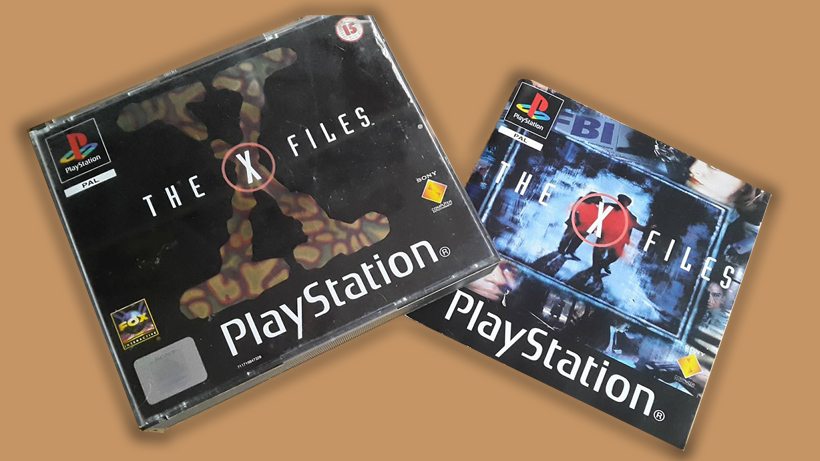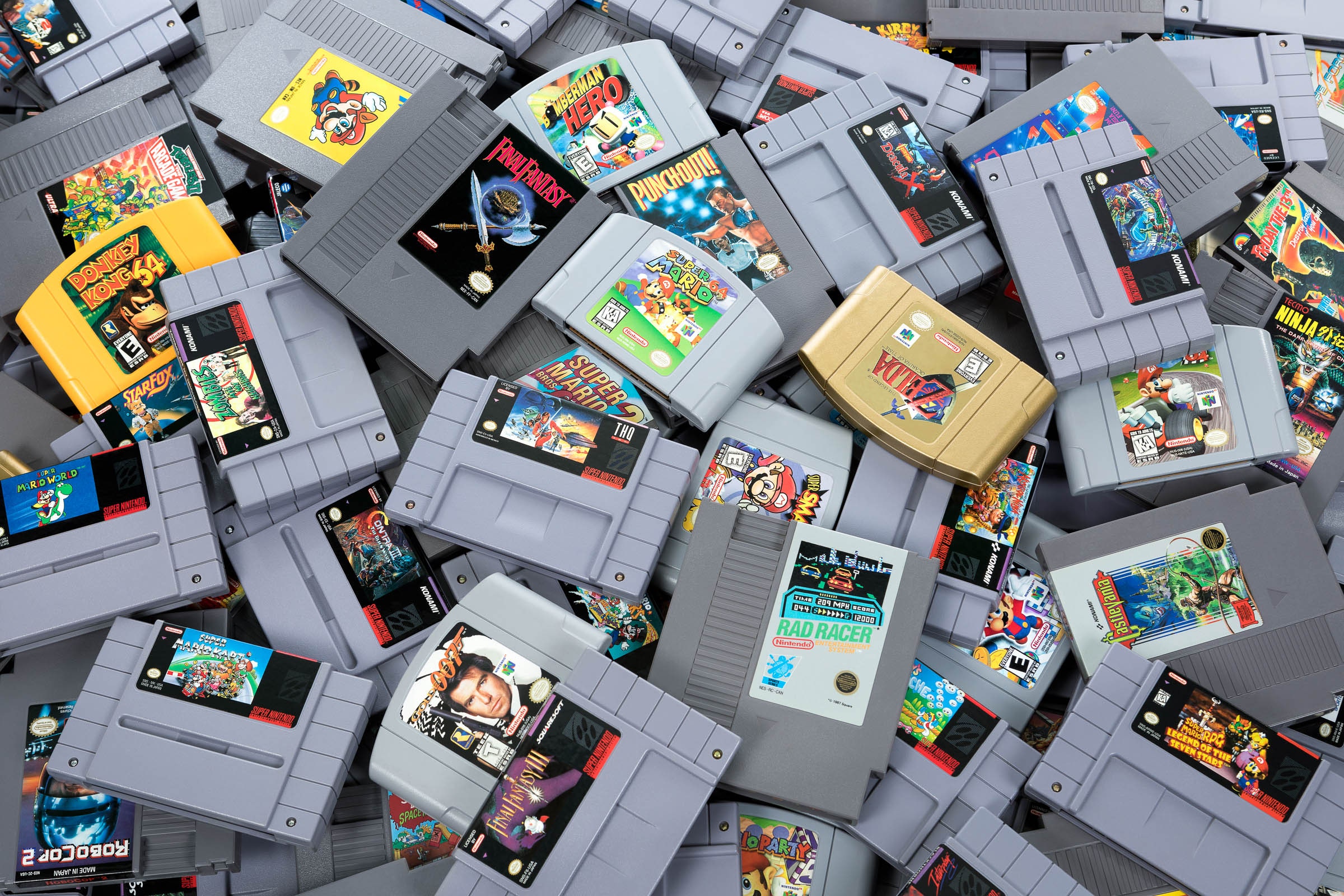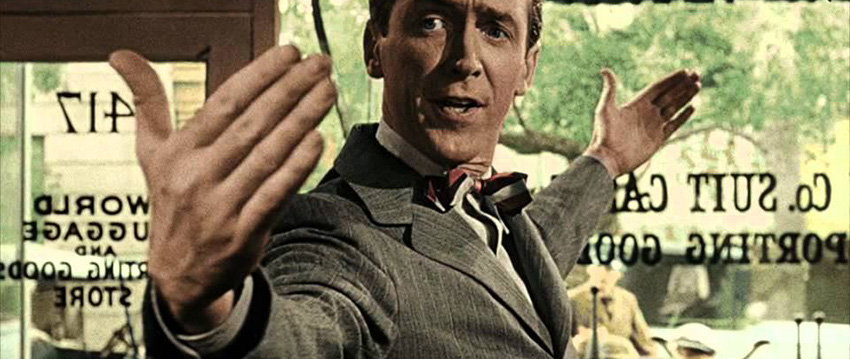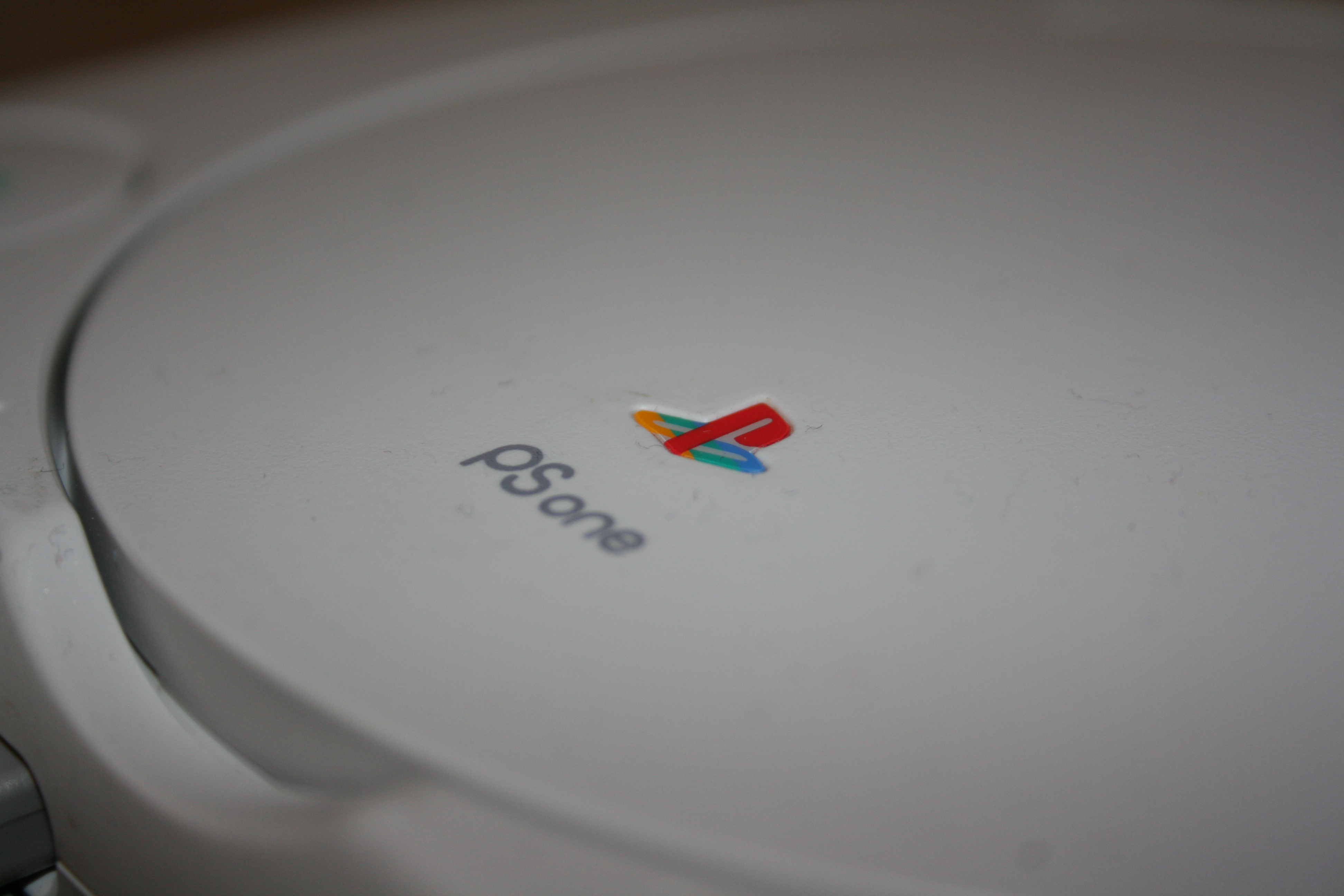The X-Files (PlayStation, 1999)
I remember it well. Christmas 1999 and my grandmother had just come to visit our family in the new house. But I was a broody teenager and a couch moved into my bedroom meant I had the perfect setup to park myself up in the Parker Knowles (it wasn’t a Parker Knowles) and play the Christmas present I’d been dreaming about all month. Nostalgically looking back it’s amusing that The X-Files for PlayStation was released in January 1999, and yet it would be December before I’d manage to get my hands on it, those being the pre Internet age in my house and also with me being a huge X-Files fan.
In fact, I can distinctively remember (probably due to the setting of the game being somewhere in Spring 1996, or Season 3; that its first release on PC in late 1998 was a full two years after the events of the game had transpired. Looking back, and knowing how fast technology moves, it’s unlikely such things would ever be tolerated again. But I digress.
The X-Files also had one other huge distinction on PlayStation, something which made it rather unique, even more so in the European market. It’s use of full motion video technology (called Virtual Cinema) resulted in a “game” which is actually a large number of cut scenes, interspliced with decisions that a player can make to move the game in a certain direction. Some decisions, such as whether you want to give some loose change to a toddler seeking a gumball, are wholly optionally and only occur if you do a certain set of things in a specific order; most, on the other hand, follow the standard point and click type regime which we’ve come to know and love.
You play as Agent Craig Wilmore, FBI’s finest, stationed at their Seattle Field Office. You’re quickly recruited by your superior to report on a case of two missing Washington agents, Fox Mulder and Dana Scully, and quickly realise that this means you’re unlikely to meet them until the climax of the game. But life is a journey, not a finish line, so it’s Agent Wilmore’s investigation and cunning which lead you through an incredible four (that’s right, four) PlayStation discs. Unfortunately, this is where the game dips somewhat again, as four discs would normally mean hours of content and I ended finishing my first play through in a record three hours.
There’s not a massive replay element, although there are different paths you can take and relationships you can change, but ultimately the ending (the real ending) remains the same. Suffice to say that for such a successful program it’s unlikely as to whether the game would end with you having just killed Dana Scully and facing murder charges at a correctional facility. One particular Easter Egg is that an in game death leads to the revelation you are being watched by the cigarette smoking man; this is his sole appearance in the game and entirely optional.
Each disc contains an extended interaction with at least one supporting character from the franchise though, with AD Walter Skinner (Mitch Pileggi) performing due diligence in the first disc. Of course, each will come up with a convenient excuse as to why they’re suddenly called away or not able to join you in person (see Lone Gunmen), meaning it’s unlikely the whole cast show up at a special birthday surprise for Wilmore organised by his estranged ex-wife. With that said, the technology present that made it popular to play as your favourite characters of the show, really impressed me at the time – and because of the video graphics being more aesthetically pleasing than the 3D sprites of some earlier PS1 titles, the game hasn’t aged all that badly.
Looking into the history of the game I’m surprised to see its production cost almost $6 million and last for four years, though that would explain a lot, even if it was filmed completely on Digital Betacam. Displayed at E3 in June 96 it was listed as having a release date the year after, but subsequently ended up taking considerably longer for the finished product to be released – and even longer for a PlayStation port.
That said, if you do get the game on PlayStation, it often gives a rare chance of using the PlayStation Mouse; the game is a real example – which people forget now – of how games like Discworld and Myst where once considered commonplace on the platform as a competitor to Sega Saturn and PC. Though, unlike Discworld and Myst, X-Files was too late to be considered for a Sega Saturn port (something that wouldn’t have worked, truthfully) though a Nightrap esque game on Sega Mega CD might have been curious. It shows you just how behind this game was.
That Christmas I played The X-Files to my heart’s content, a cherished Christmas gift I remember with fondness even now, from a time when that one present was enough to illuminate the broodiest of teenage kicks.






Recent Comments: